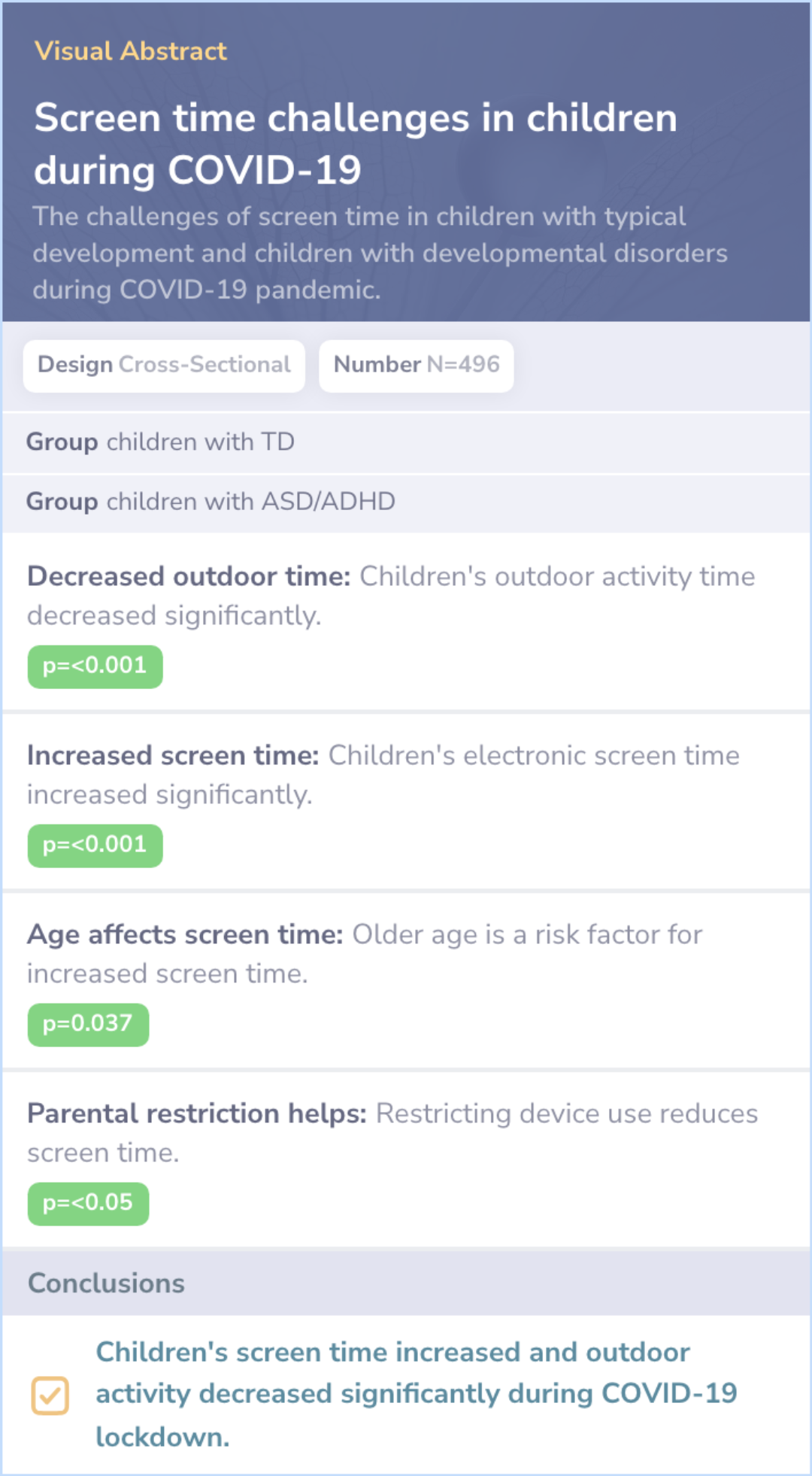Trending ADHD Papers
Visual Abstract
Impact of the COVID-19 lockdown on screen media use in patients referred for ADHD to child and adolescent psychiatry: an introduction to problematic use of the internet in ADHD and results of a survey
Impact of COVID-19 lockdown on ADHD Patients' Screen Media Use
December 9, 2024
author
Werling AM, Walitza S, Drechsler R
journal
J Neural Transm (Vienna)
Date Published
undefined undefined undefined
Why link to a visual abstract?
What is a visual abstract?
Original
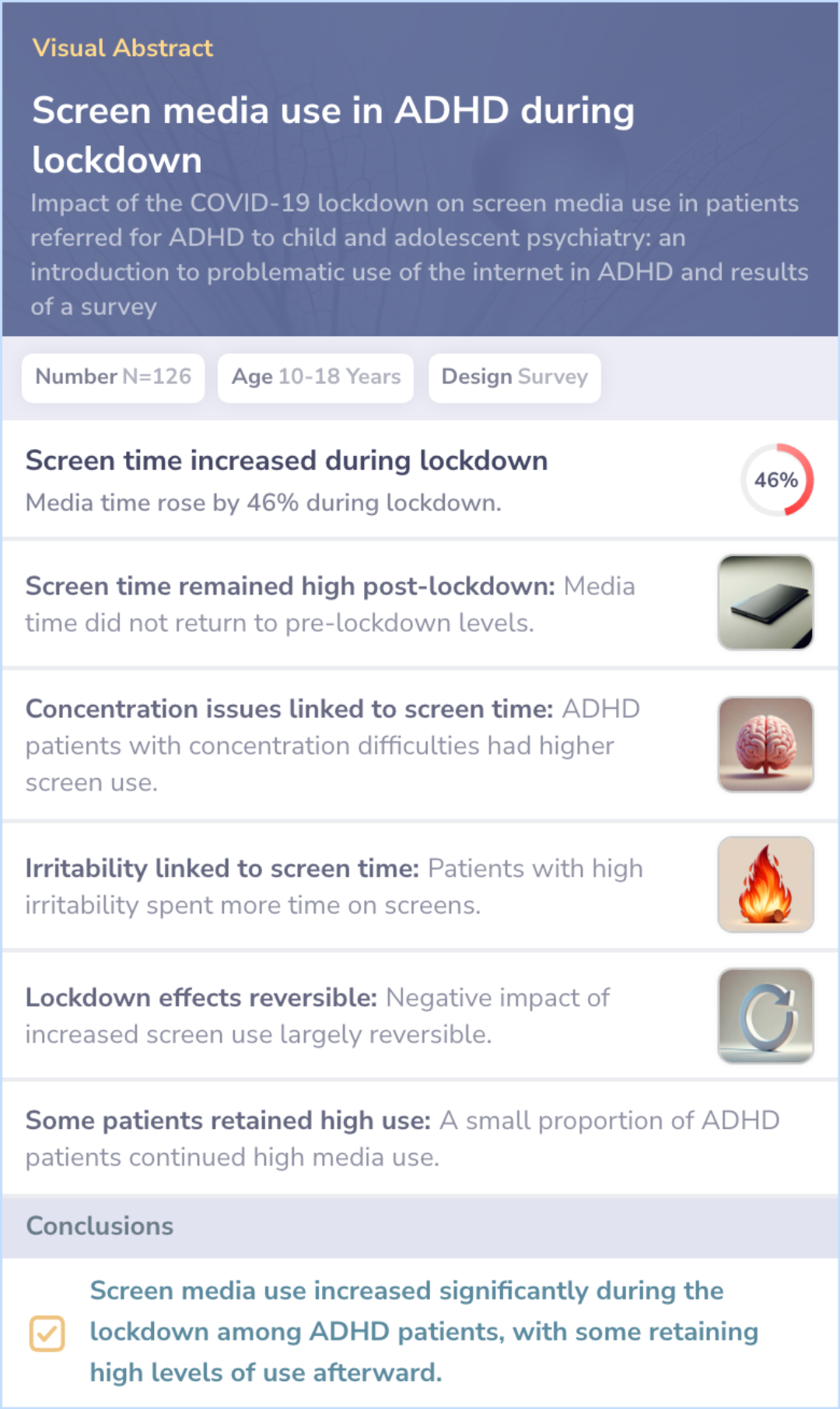
Study Summary
🔬
What They Studied
The study examined how COVID-19 lockdowns affected screen media use in children and adolescents with ADHD.
💡
What They Found
Screen media time increased by 46% during lockdown and did not fully return to pre-lockdown levels in some ADHD patients.
📚
What This Means
The study suggests that while lockdown-related increases in media use are mostly reversible, some patients with ADHD continue to experience heightened media use, unlike other studies which did not focus on youths with ADHD.
Study Overview
Background & Objectives
During the COVID-19 pandemic, lockdowns led to increased media use, impacting mental health. Children and young adults with ADHD may face unique challenges due to excessive screen time.
This study delves into the potential issues surrounding internet use and ADHD. It investigates how media use changed for those with ADHD before, during, and after lockdown, identifying risks such as increased gaming or problematic social media use.
This study delves into the potential issues surrounding internet use and ADHD. It investigates how media use changed for those with ADHD before, during, and after lockdown, identifying risks such as increased gaming or problematic social media use.
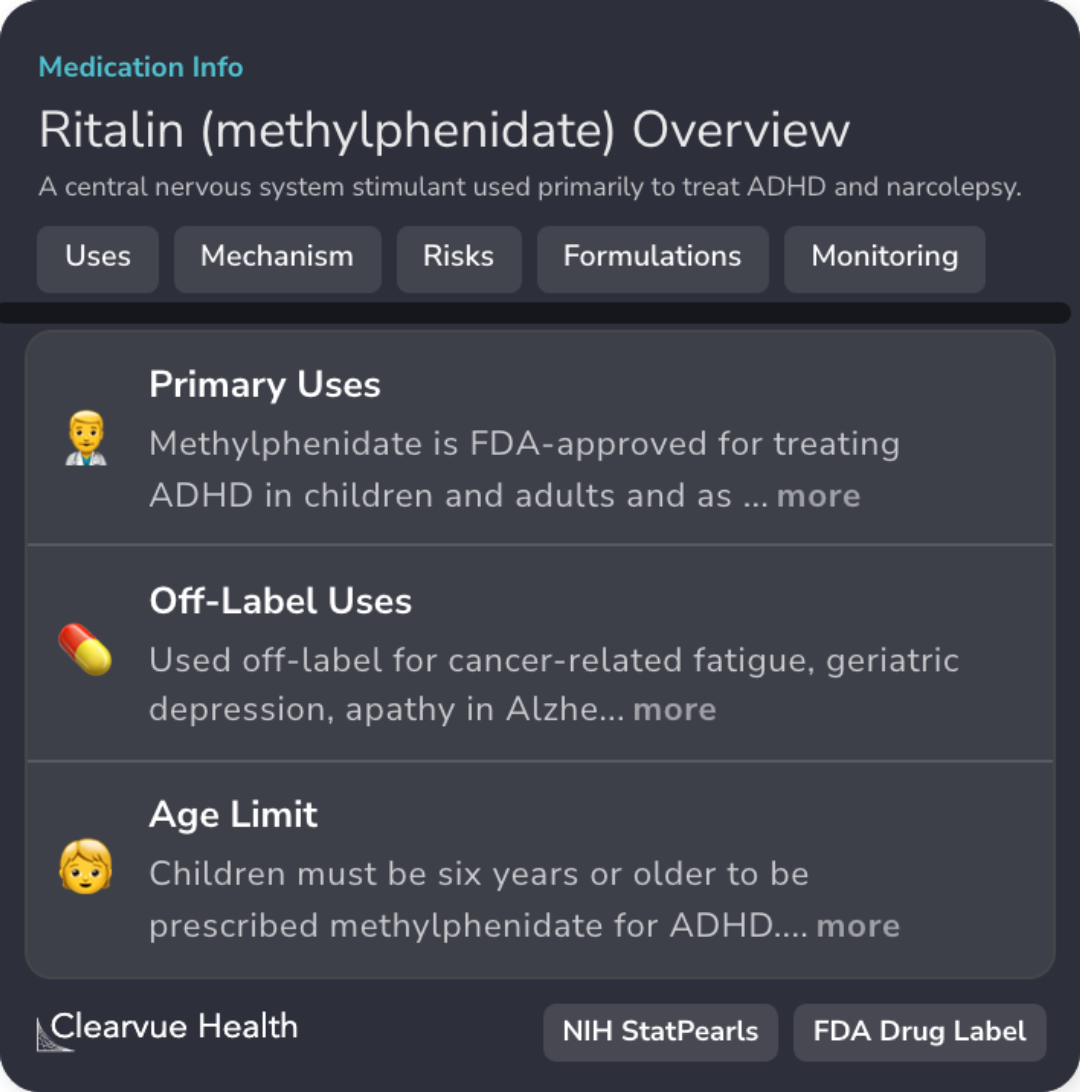
Abstract: background
The COVID-19 outbreak and lockdown have been associated with multiple consequences for mental health, including an excessive and potent...more
Study Summary
Methods
First, the study outlines internet use challenges for those with ADHD, who often engage excessively in activities like gaming. This sheds light on potential risks like problematic internet use (PUI).
Then, an online survey was conducted among parents of children aged 10 to 18 with ADHD, evaluating their media use before, during, and after lockdown. 126 parents contributed using a new questionnaire assessing media behavior during these periods.
Then, an online survey was conducted among parents of children aged 10 to 18 with ADHD, evaluating their media use before, during, and after lockdown. 126 parents contributed using a new questionnaire assessing media behavior during these periods.

Abstract: methods
In the first part of this study, a short review of problematic use of the internet (PUI) in ADHD is presented, showing that patients wi...more
Study Results
Results
During lockdown, screen media time surged by almost half. Though usage dropped later, it remains higher than before COVID-19. Children facing concentration issues or increased ADHD symptoms spent more time on screens.
The lockdown's impact on media habits seems reversible for most, ensuring normal life can return. However, some with ADHD persist in heightened screen use, highlighting lasting changes linked to ADHD struggles.
The lockdown's impact on media habits seems reversible for most, ensuring normal life can return. However, some with ADHD persist in heightened screen use, highlighting lasting changes linked to ADHD struggles.
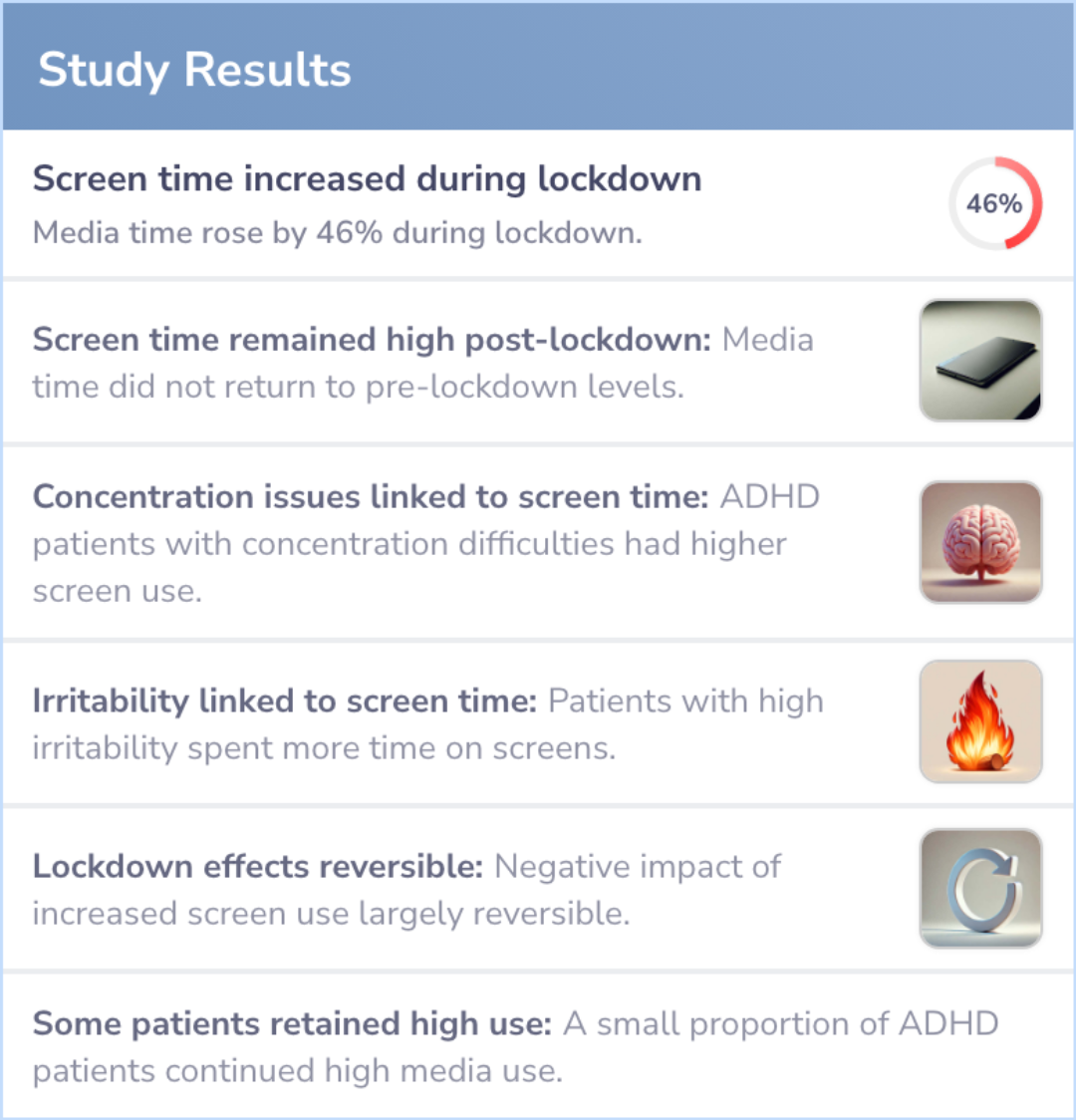
Abstract: results
Total media time increased by 46% during the lockdown and did not completely return to pre-Corona levels afterwards. Patients with diff...more
Study Summary
Conclusions
Despite lockdown's influence on increasing screen time appearing reversible, some ADHD-diagnosed individuals maintain high media usage.
Although most revert to pre-lockdown levels, exploring targeted interventions for those continuing excessive usage could be beneficial, aiming to balance screen habits for overall well-being.
Although most revert to pre-lockdown levels, exploring targeted interventions for those continuing excessive usage could be beneficial, aiming to balance screen habits for overall well-being.
Abstract: conclusions
While the effects of the lockdown on screen media use and its negative impact on everyday life appear to be largely reversible, a small proportion of patients with ADHD apparently continue to show increased media use.

Clinical Guidelines
Guidelines suggest that children with ADHD often meet criteria for additional mental disorders. ADHD-specific rating scales achieve over 90% sensitivity and specificity.
Behavioral therapies and medication can enhance treatment outcomes. Cardiac evaluations should precede stimulant use due to risk concerns.
Strong family-school partnerships can aid in ADHD management.
Behavioral therapies and medication can enhance treatment outcomes. Cardiac evaluations should precede stimulant use due to risk concerns.
Strong family-school partnerships can aid in ADHD management.
Literature Review
Werling
Core Insight:Both studies find increased screen time in children with ADHD or other mental health issues during COVID-19 lockdowns.
What It Adds:
Media Time Trends: Both papers observed increased media use which reversed after lockdown, but remained slightly elevated in some cases.
Demographic Differences: This paper notes males showed higher post-lockdown gaming time, unlike the main paper.
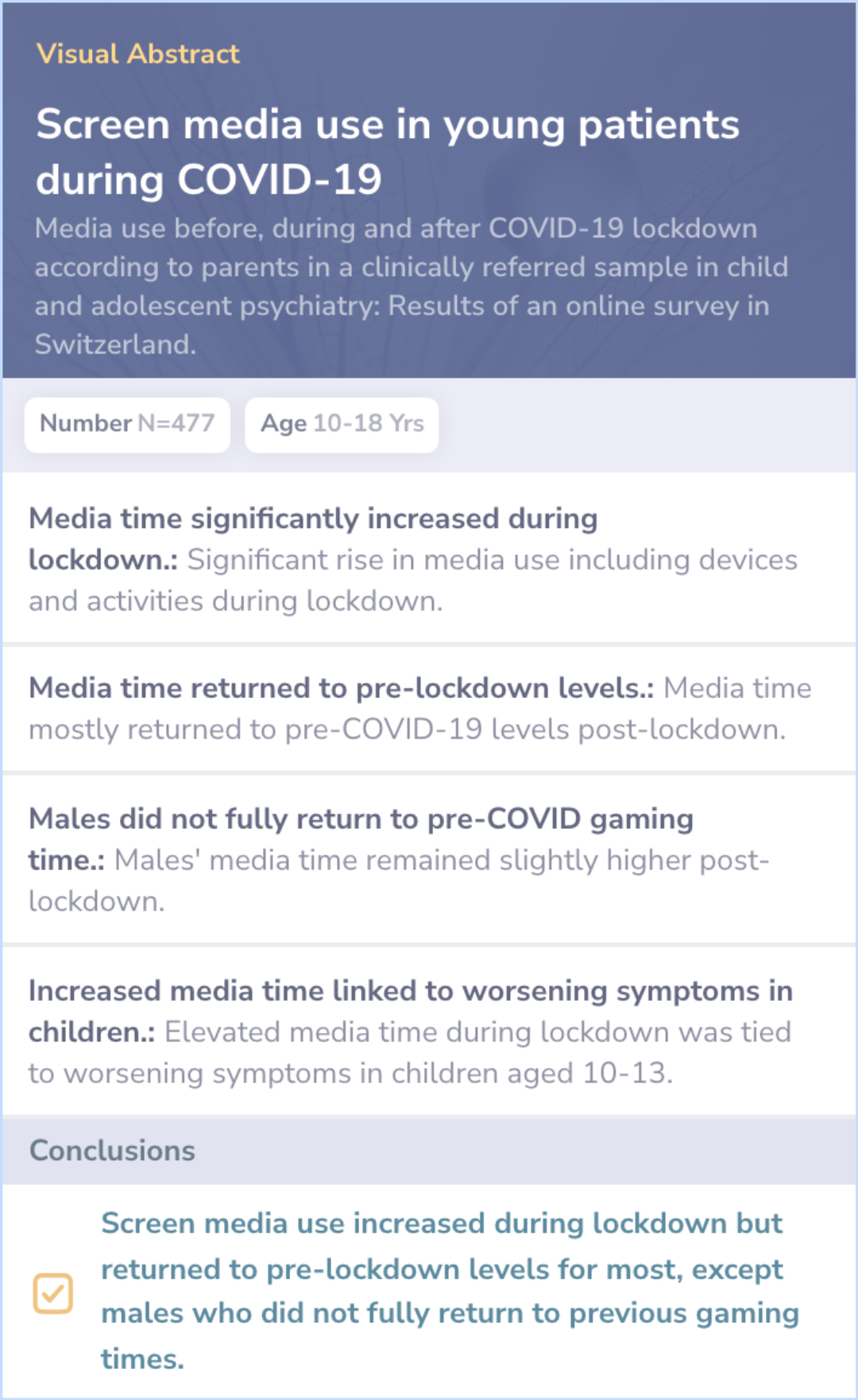
Literature Review
Lee
Core Insight:Both papers emphasize the risks of excessive screen use for those with ADHD, particularly highlighting internet and social media problems. The comparison paper further explores how self-stigma interacts with these issues, deepening the understanding of related psychological distress.
What It Adds:
Self-Stigma's Mediating Role: The comparison paper identifies self-stigma as a mediating factor between certain forms of screen problems and mental distress in ADHD.
Potential Interventions: Reducing self-stigma and screen issues could lessen mental distress in youth with ADHD, based on the comparison study.
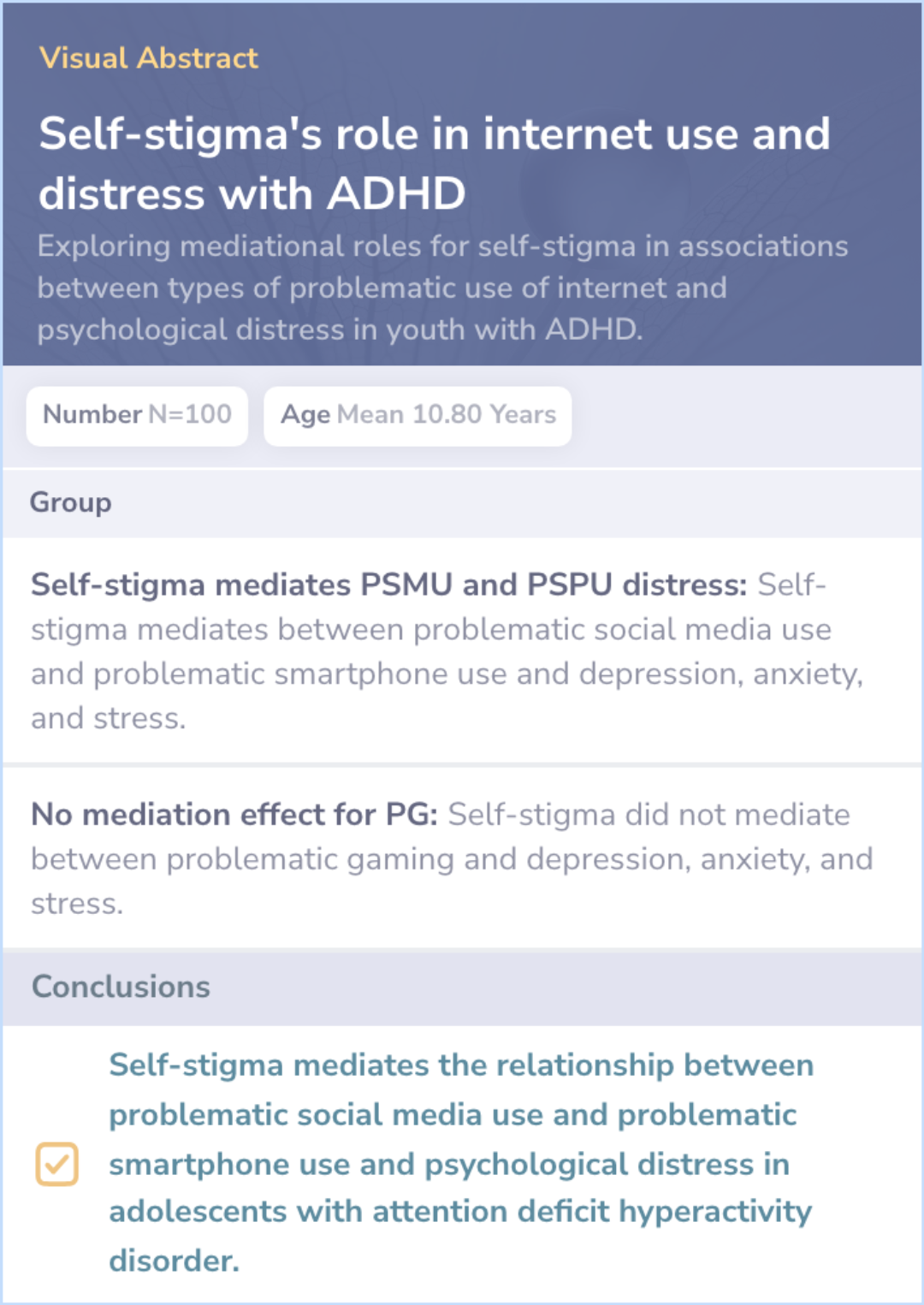
Literature Review
Dong, 2023
Core Insight:Both papers explore increased screen time during COVID-19 lockdown, main paper focuses on ADHD, this paper includes broader developmental disorders.
What It Adds:
Broader Comparison: This paper compares children with typical development and various disorders, providing a wider perspective.
